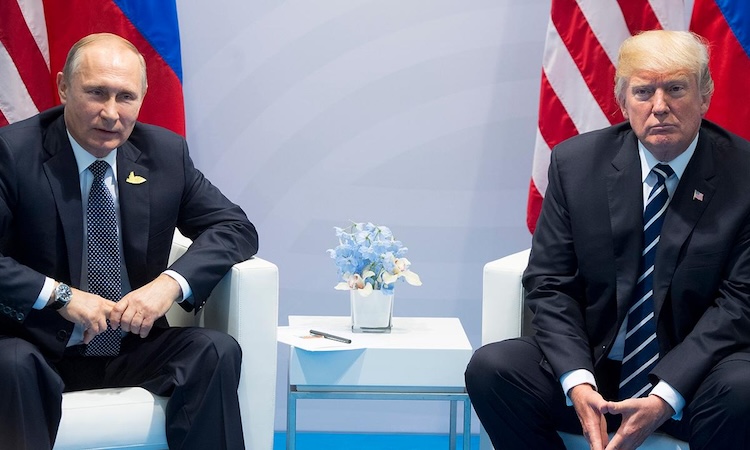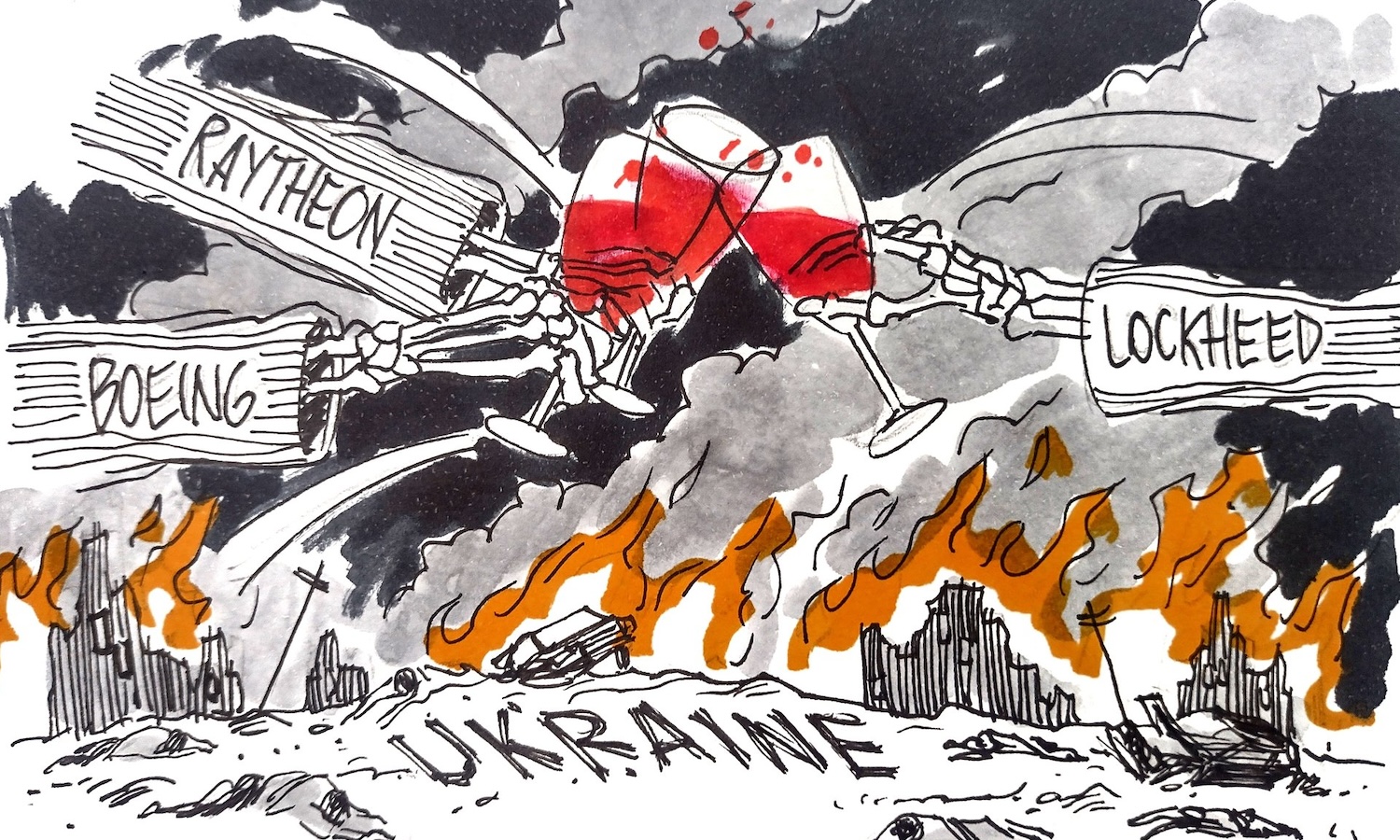Reproduced with thanks from the Duran.
*****
Jacob Dreizin of the Dreizin Report takes us from the Azov battalion’s emergence as politically-dependable footsoldiers to its present humiliating defeat at the hands of the Russian armed forces’ denazification drive.
He describes how, in March 2014, an aggressive and violent minority took power in Ukraine amidst a demoralised and politically apathetic population.
This new regime considered the Ukrainian regular army untrustworthy and unreliable – and, in that respect, the feeling was mutual. Some of the army’s troops, including 18-year-old draftees, had been attacked by Maidan fanatics.
So the new regime needed a new and politically loyal army, which took the shape of a national guard structure that recruited from ‘pure’ (non-Russian) Ukraine. Its ranks were filled with neo-nazis and football hooligans, funded by Uncle Sam and duly kitted out with American weapons, and sent in to the restive Donbass.
Still this proved inadequate. The oligarchs of eastern and central Ukraine then began to fund their own private armies – amateur militias without legal legitimacy whose main activities in the Donbass would be looting businesses and attacking civilians.
The Azov was one of these armies. Initially funded by the Ukrainian-Israeli oligarch Ihor Kolomoisky, they headed south after embarrassing defeats in Donbass. They were then established in Mariupol as an occupying garrison and functioned there as a state within a state.
Brought into the national guard, the Azov kept their Nazi regalia and continued to recruit from neo-nazi groups. At their peak they comprised, Dreizin estimates, upwards of 10,000 members, and exist alongside many other ultranationalist units in Ukraine.
How has this been represented in the western press? The Azov have become darlings of the liberal media – ‘heroes’ who have been valiant in their ‘defence’ of Mariupol.
The same press whose witch-hunt over white nationalism at home saw them vilify Donald Trump’s voters as incorrigible racists have conveniently turned a blind eye to the tattoos, badges and flags of the Azov troops.
There is light at the end of the tunnel, of course. Russia’s ongoing denazification of eastern Ukraine is bearing fruit, with significant numbers of Azov now offering their surrender.
Of course, this is not the first time Russia has been called upon to deal decisively with the threat of fascism in eastern Europe. As Dreizin puts it: “History doesn’t repeat, but it does rhyme.”















